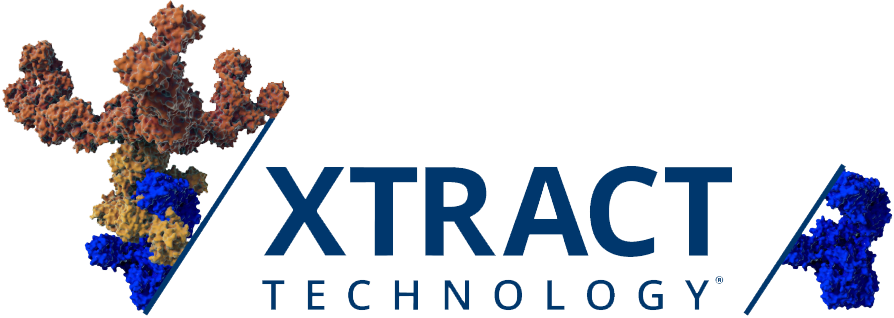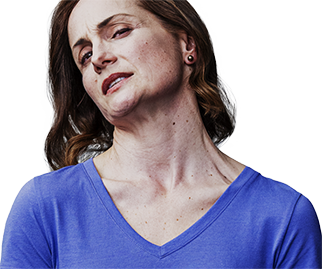About XEOMIN
Understanding Botulinum Toxins
What are botulinum (baa·chuh·lai·num) toxins?
- Botulinum toxin type A products, like FDA-approved XEOMIN, are injections that contain proteins to help a variety of conditions
What can happen during treatment?
- Although it’s rare, sometimes the body may mistake treatment as harmful and start making what are known as neutralizing antibodies (NAbs)
- These NAbs start to fight back against the proteins
- The more proteins a therapeutic contains, the greater the chance of the body making NAbs
- As with all botulinum toxins, including XEOMIN, there is a possibility that NAb production can occur.
How do NAbs affect treatment?
- NAbs may cause the product to not work as well over time
- They may also make it so you or your child requires bigger doses of the treatment in order for it to be effective
Patients Did Not Develop NAb-Related Treatment Resistance§ To XEOMIN
XEOMIN PIVOTAL STUDIES
In more than 2600 patients treated with XEOMIN in pivotal clinical trials, there were
no reports of waning efficacy§ due to NAb formation1,7

All patients who developed NAb were previously treated with Botox® and/or Dysport®, and out of the 0.6% of patients (9 adult, 4 pediatric) where NAb were present, none developed clinical resistance1
§Clinical resistance and/or waning efficacy refers to your therapy not working as well as it once did
XEOMIN is manufactured with purity in mind.







